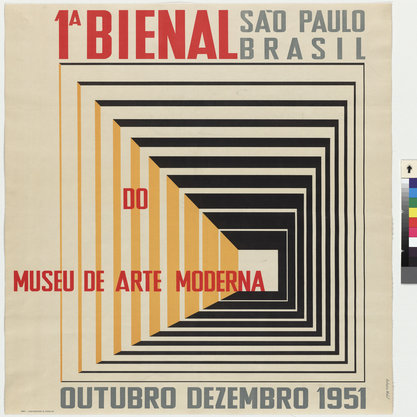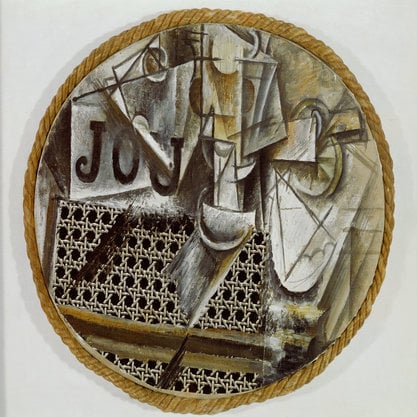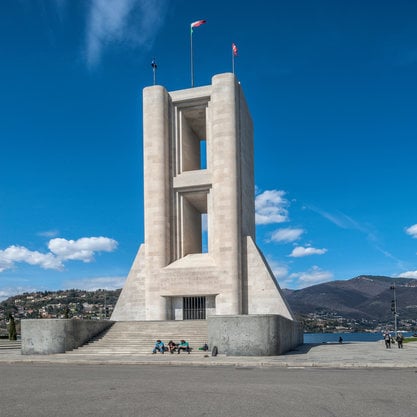Article
Pettoruti, Emilio (1892–1971) By Doyen, Roxanne
Article
Emilio Pettoruti was born in the city of La Plata, Argentina, the modern, geometric layout of which would make appearances in his art later in his life. In 1913, Pettoruti received a scholarship from the government of Argentina and traveled to Italy. He studied Italian art of the 14th century and also got to know a number of avant-garde artists involved with Futurism. Pettoruti decided to extend his time in Europe by working in different countries. In Paris, he became acquainted with artists such as Pablo Picasso, Kees van Dongen, and Juan Gris, who had a major influence on his artwork. He participated in an exhibition in Herberth Walden’s famous Der Sturm Gallery in Berlin in 1923 and became a well-known modern artist. The avant-garde magazine Martín Fierro defined Pettoruti’s artwork (as they did the art of Pettoruti’s friend, Xul Solar) as Criollismo, a term from literature, which entails the use of a realist style to portray scenes and customs of one’s native country. Pettoruti’s style is a modern concept of harmony, order, geometric forms, and a combination of science and the spiritual. Technique, light, color, and movement are the most important characteristics of his art.



